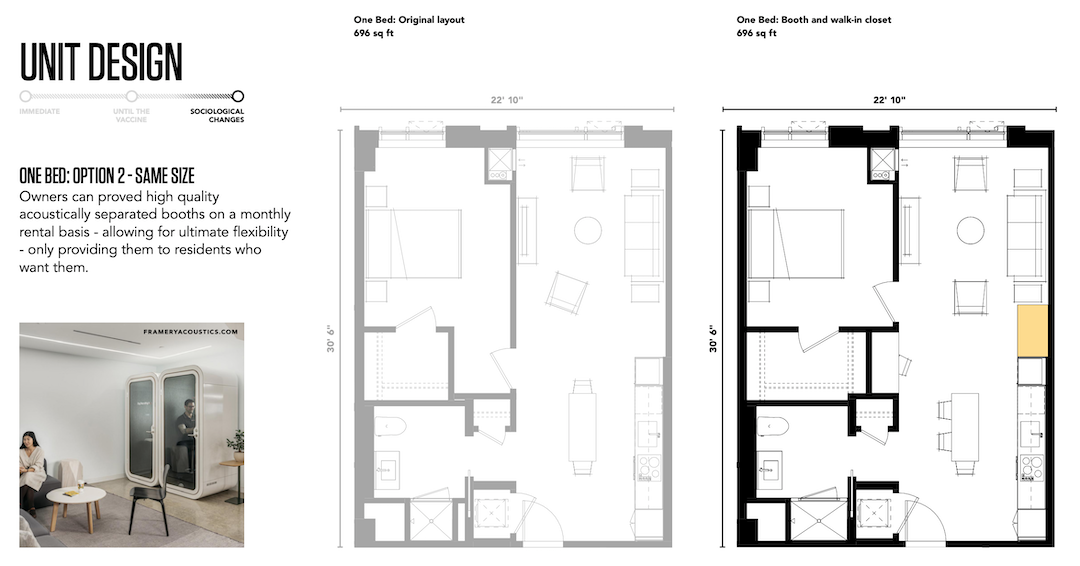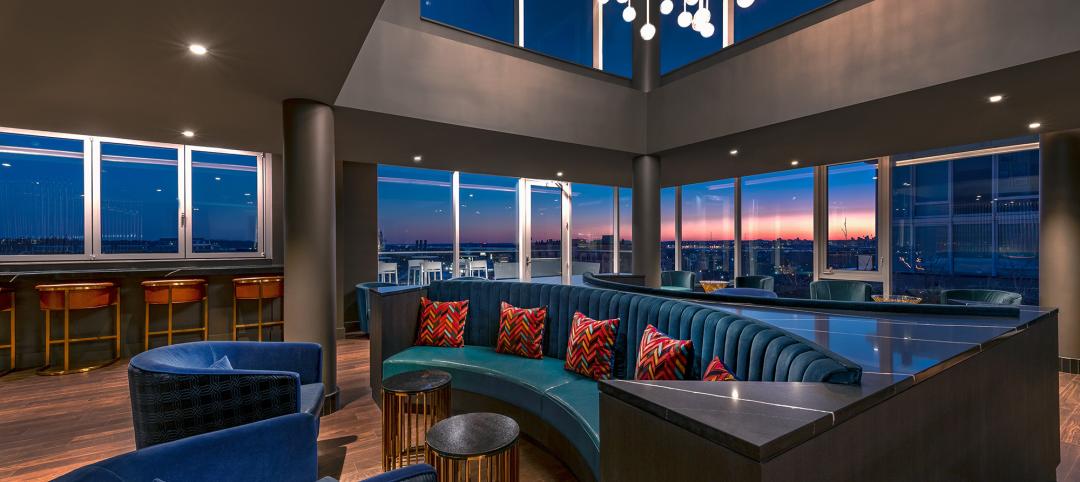The Covid-19 pandemic has presented a whole new set of problems, questions, and concerns for multifamily designers and owners looking to attract residents while reassuring them of the safety and comfort of their carefully curated residential environments.
Even before the pandemic, several projects our firm recently completed in the Boston area were well-positioned to attract prospective tenants by incorporating elements of health and wellness, safety, flexibility, and easy access to outdoor spaces.
These fundamental components have always been central to CBT’s design philosophy and are crucial in meeting the changing needs of residents during the pandemic – and, we hope, in its aftermath.
By designing around the occupier experience – whether it’s the need for light and outdoor space, larger mailrooms, or spacious coworking areas – architects and their developer clients can ensure that their buildings remain highly competitive and desirable now and into the future.
MARKET CENTRAL – OUTDOOR SEATING CHOICES, MERV 13S, AND FITNESS UPGRADES
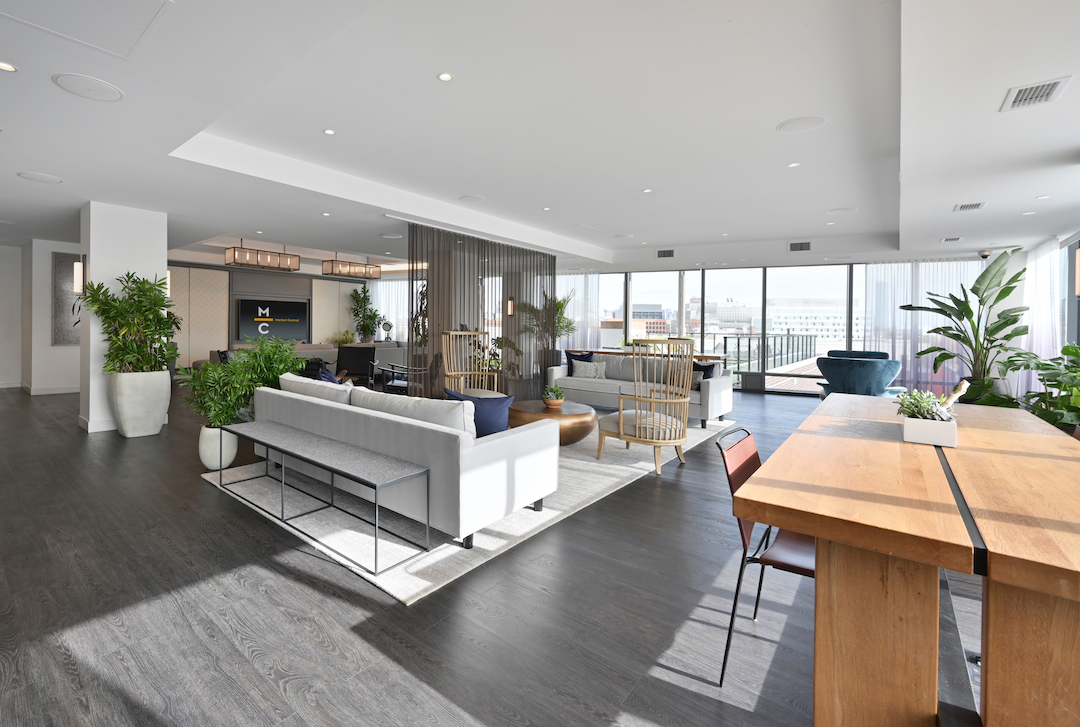
Photo: @flauntboston
This space, adjacent to an outdoor terrace, shows a variety of seating choices for indoor or outdoor lounge seating so that residents can be distanced from others, if they wish, or can congregate in different sized groups.
The owner, Twining Properties, made adjustments in April 2020, right at the start of pandemic, to install MERV 13 UV filters.
The unit floor plans were reworked to allow space for desks, and Twining Properties offered exclusive discounts through office furniture companies to accommodate the rapidly changing home office paradigm.
Photo: @flauntboston
In the fitness center, plexiglass separations were fitted between pieces of actively used equipment and placed on foot pads so that they can be shifted around as needed.
Air grilles above the equipment show evidence of the HVAC upgrade with MERV 13 filters. Attractive, well-equipped fitness centers are crucial to the success of the leasing program for upscale urban multifamily communities.
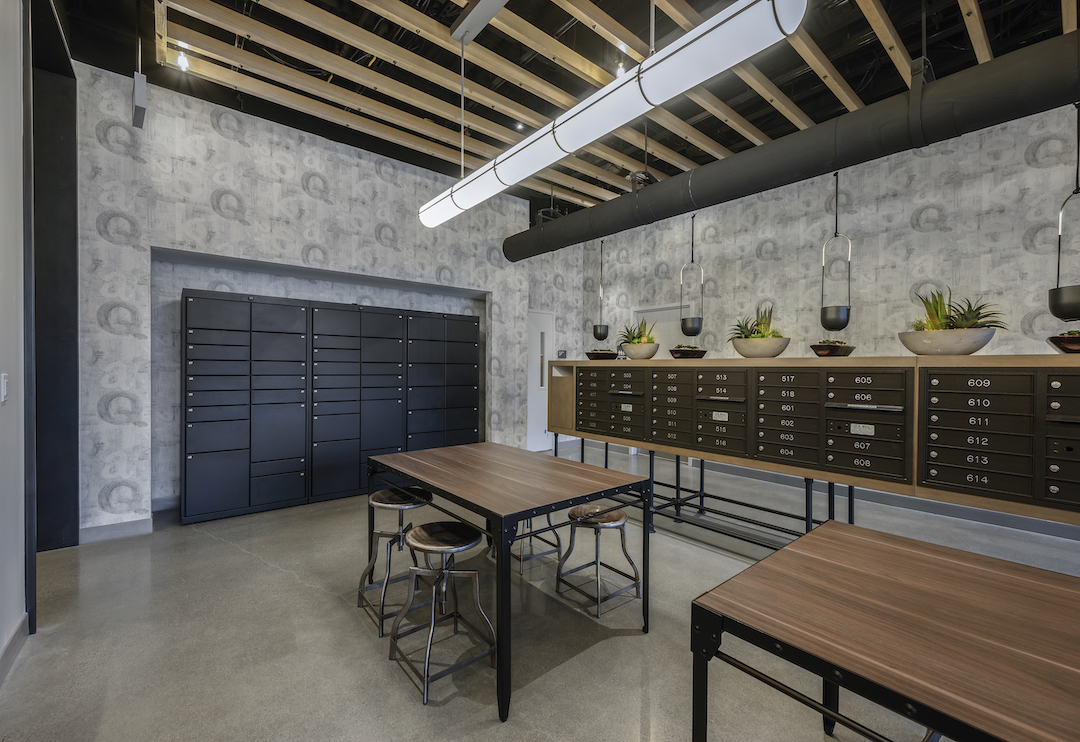
Photo: @flauntboston
The property has three package centers: a large Luxer One-managed locker center, a concierge package room, and a “non-concierge” mail center. This configuration reduced overlap and crowding by residents congregating in a single package station.
The ductwork across the ceiling of the package center was tied to the MERV 13 filters.
At the start of the pandemic, cardboard waste was piling up in the package center as residents started receiving more and more packages, so additional bins for cardboard collection were brought in. Hand sanitation stations were added later.
THE SMITH – A TWO-STAR FITWEL FIRST
The Smith, the first multifamily project to achieve Fitwel Multifamily Residential v2.1 certification (2 stars), provides residents ample access to a variety of outdoor spaces.
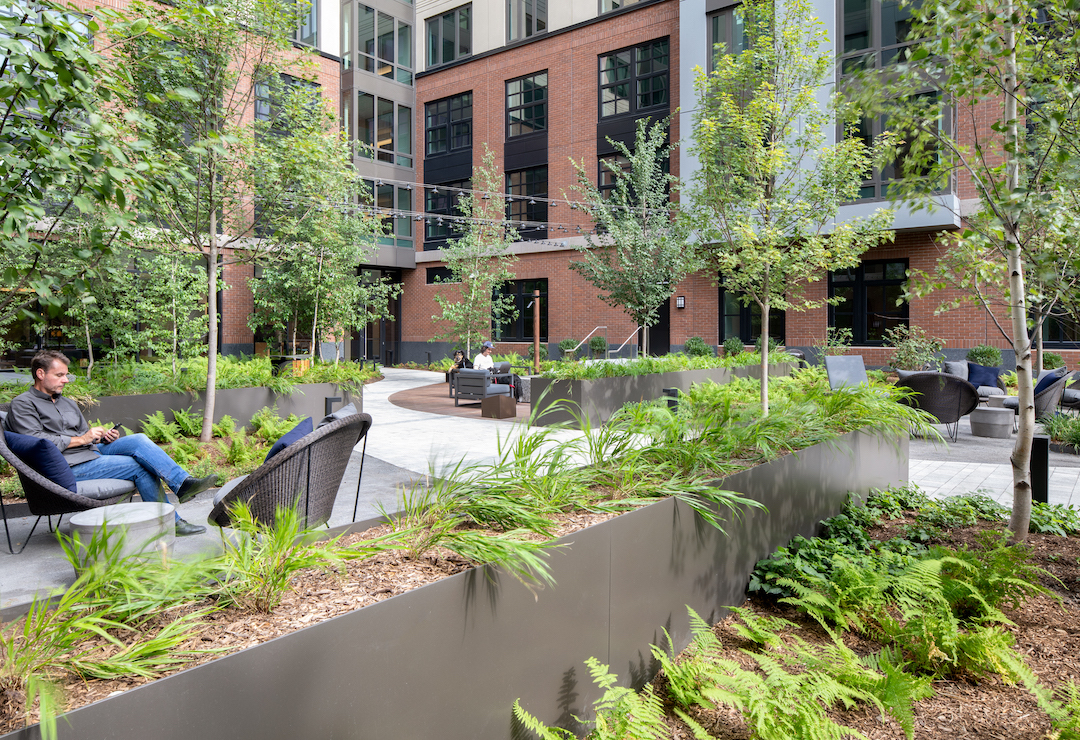
Photo: Ed Wonsek
Leggat McCall Properties and BentallGreenOak were the developers of the 300-unit LEED Silver property at 89 East Dedham St., Boston.
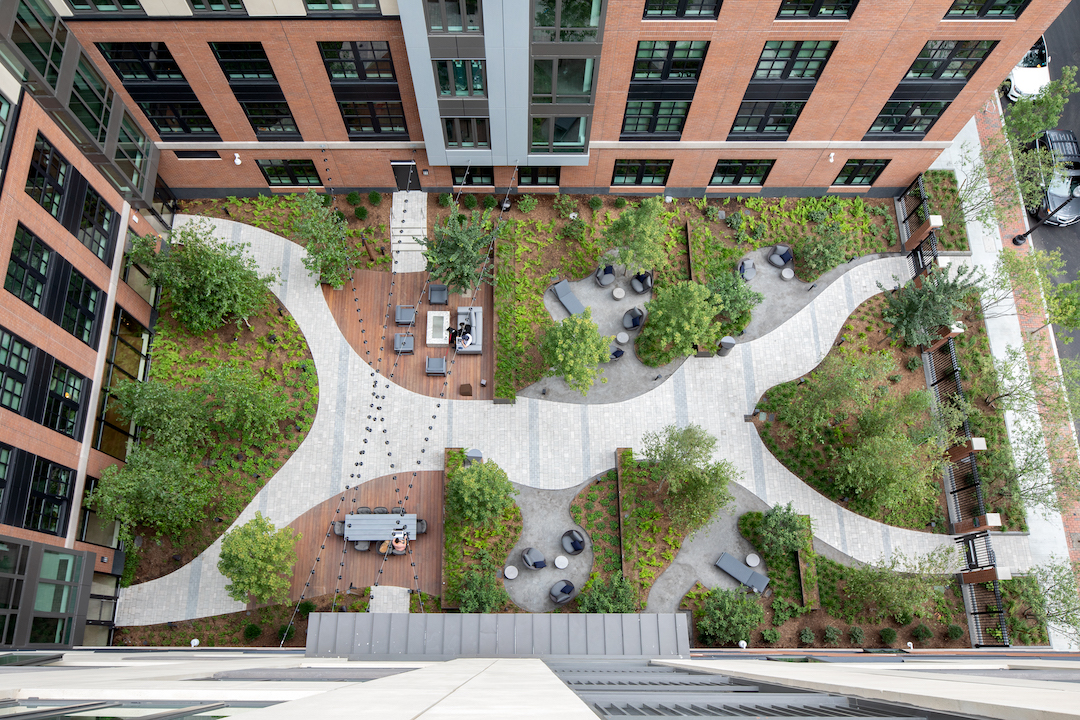
Photo: Ed Wonsek
Access to nature and outdoor light, as shown here, is a key element of Fitwel. The picnic table gets lots of use by tenants working from home. Here, a tenant works on a laptop adjacent to a public street in Boston’s South End.
The openness of the space and the orientation of the structure bring sunlight into the residential units.
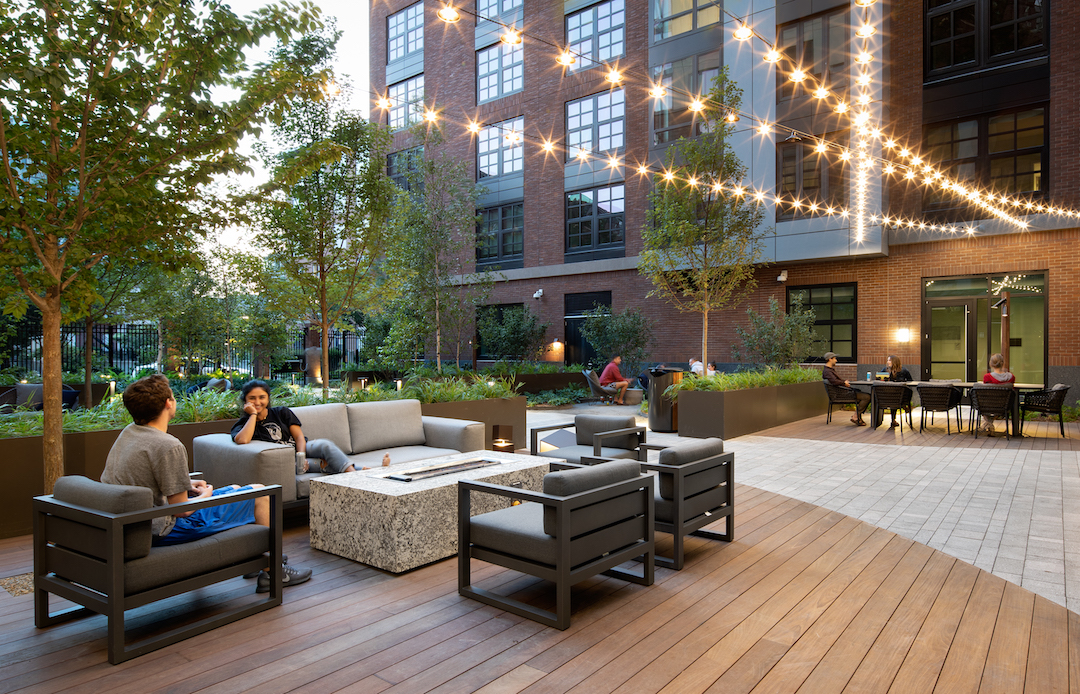
Photo: Ed Wonsek
We are finding that carving spaces into smaller, somewhat divided pods allows a greater variety of seating options.
Two people who live together can safely occupy a more isolated space while distanced from others using the remaining outdoor amenity areas.
ECHELONSEAPORT – BOSTON'S BIGGEST AMENITIES PACKAGE
At EchelonSeaport, designed in collaboration with KPF and Jeffrey Beers International, the building massing was designed to maximize views.
Many residences get an outdoor terrace that is like an extra room to the outdoors. Some of the terraces wrap around two or three sides, providing multiple visual options.
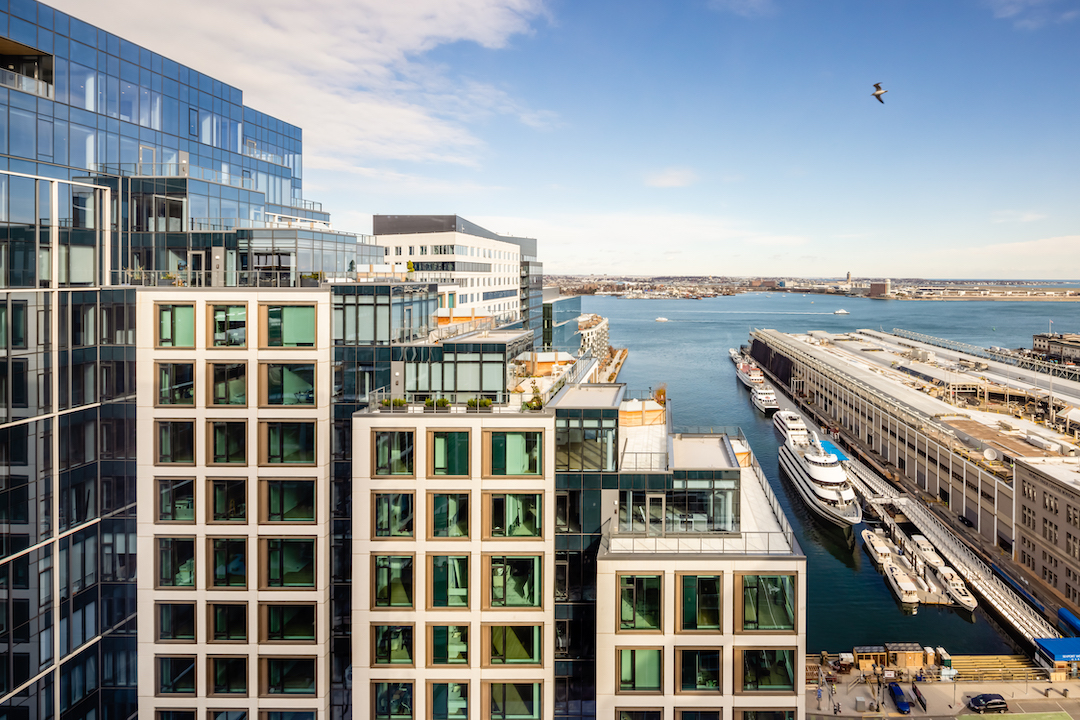
Photo: Raj Das
The developer, Cottonwood, offered the largest amenity package in the city: 60,000 sf of amenities, including a terrace with an outdoor pool, an indoor pool, and a 10,000-sf green roof.
There are 270 luxury residences at The Alyx, EchelonSeaport’s apartment offering. Condo owners at 133 Seaport (255 units) and 135 Seaport (192 units) have access to all amenities; residents of The Alyx can use the pool and outdoor deck.
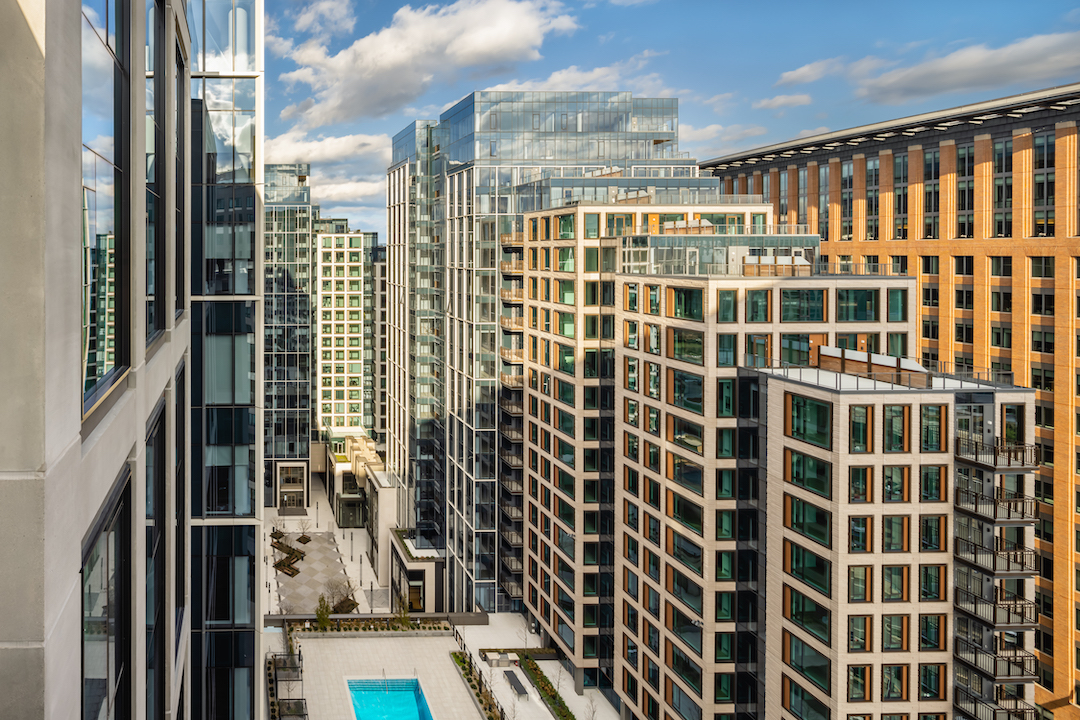
Photo: Raj Das
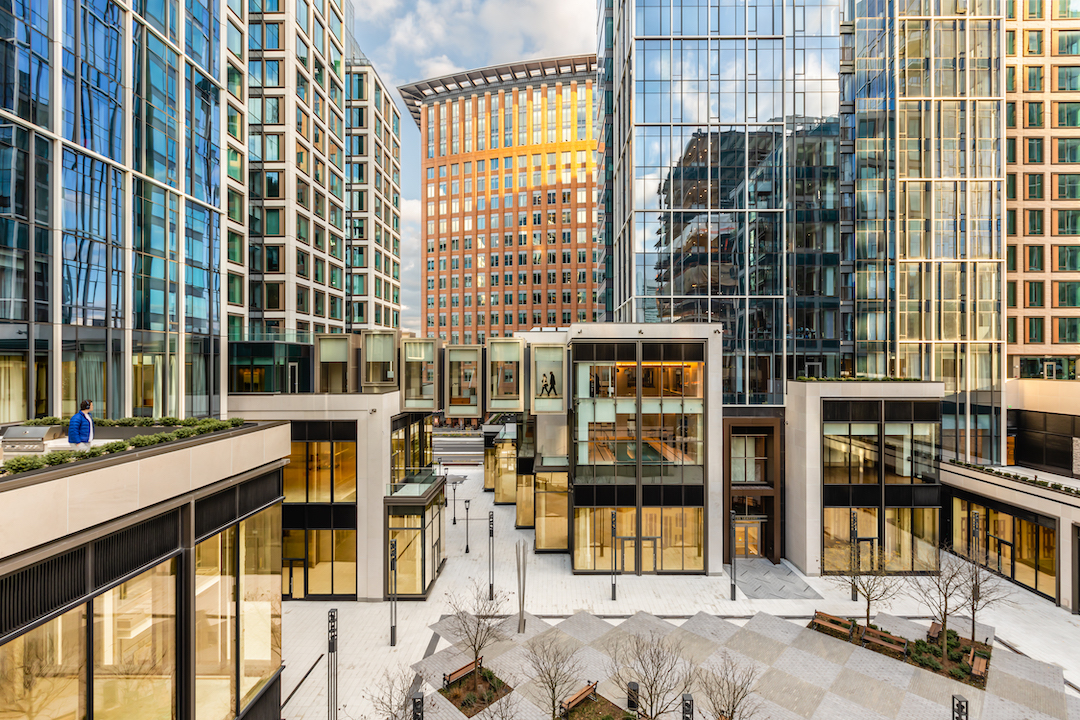
Photo: Raj Das
A tenant fires up a grill on a terrace overlooking the ground-floor public plaza, which features retail and restaurant options.
PIER 4 – OPENING UP TO THE OUTDOORS
Nearly all of the 106 condos at the nine-story PIER 4, designed in collaboration with SHoP Architects, have been sold. Every residence has a private outdoor terrace; its penthouse units have private roof decks with gas and water access to extend living spaces to the outdoors.
Each in-unit balcony features a glass front wall and solid sides to maximize harbor views from the interior and on the balcony.
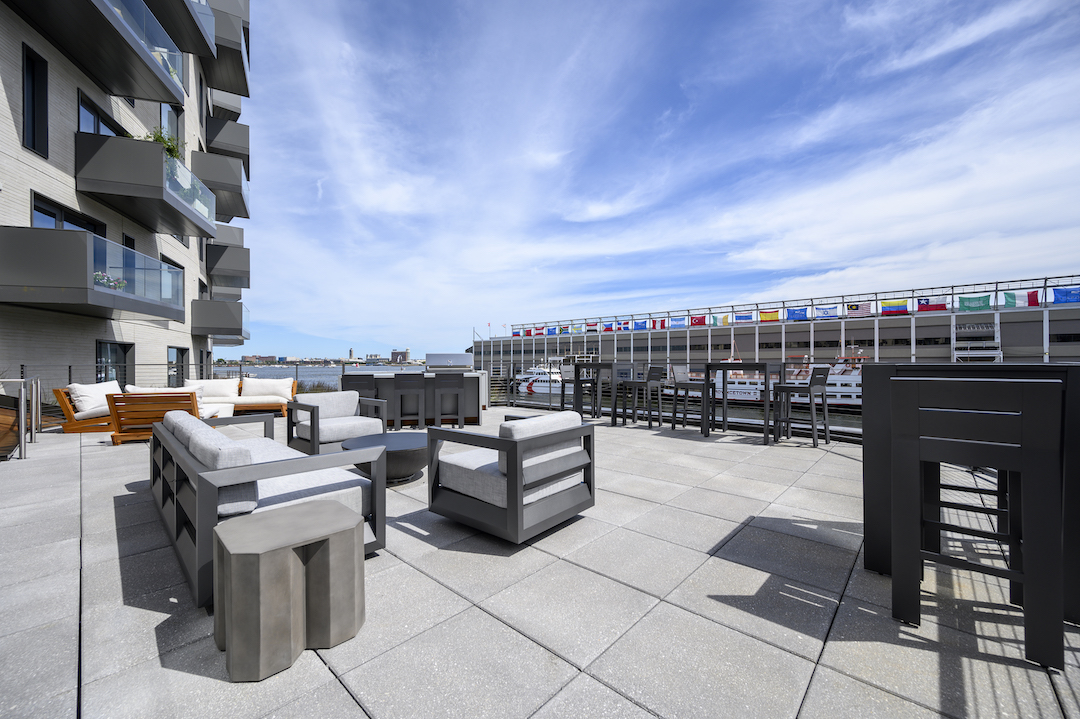
Photo: @flauntboston
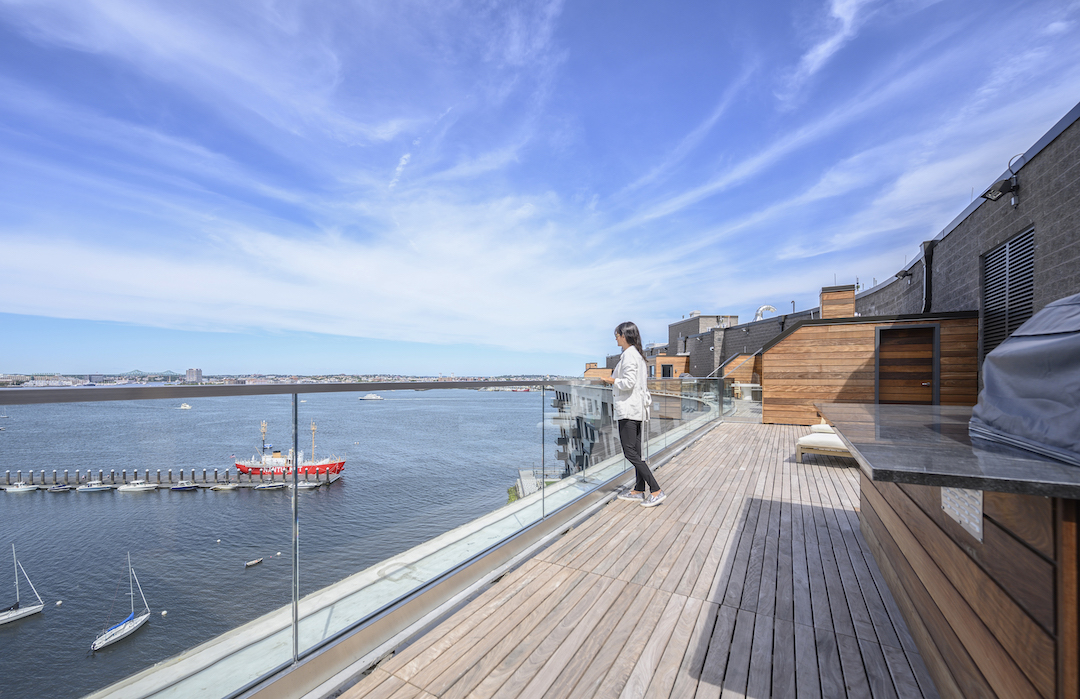
Photo: @flauntboston
The building massing steps back, creating wide-open views of Boston Harbor. Here, a resident takes advantage of the roof deck, which is crafted from sustainably harvested ipe.
The roof decks are supplied with gas for grills, firepits, and overhead heaters to meet resident demand for active outdoor space.
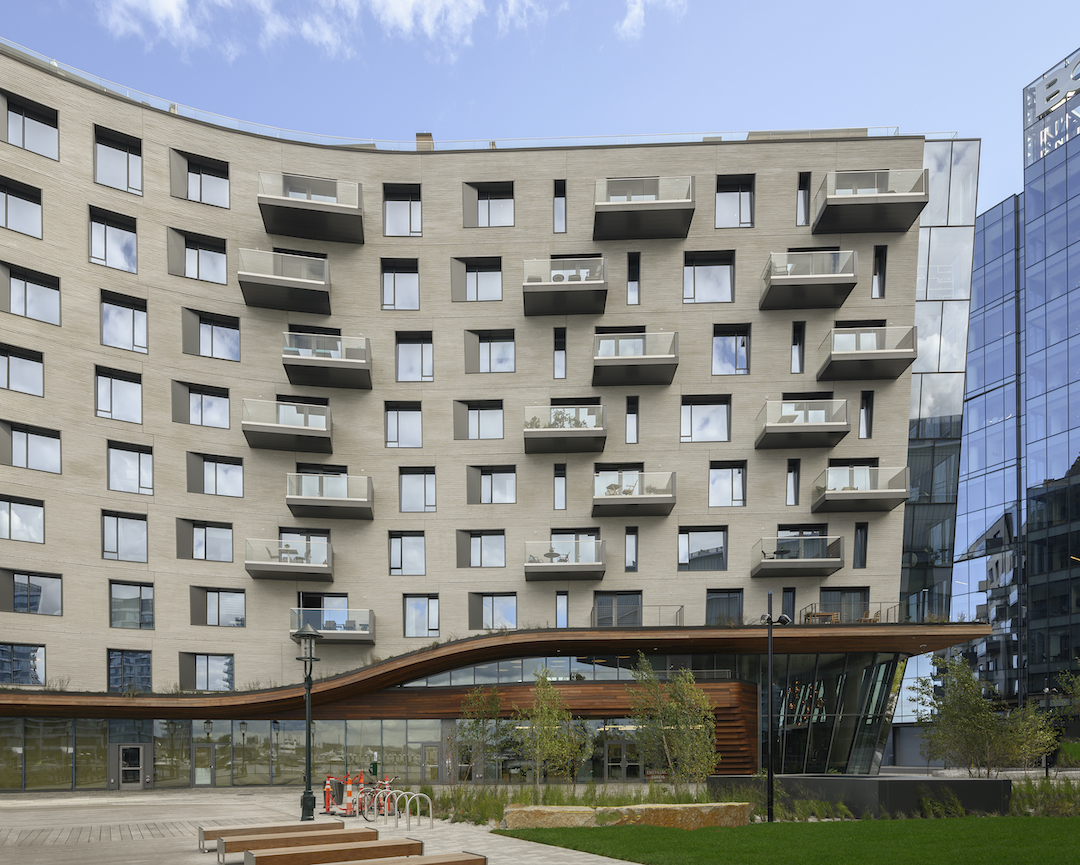
Photo: @flauntboston
Outdoor balconies face new public green space along the Harbor Walk. Developer Tishman Speyer added wood decking, benches, and trees to the public park, which connects to a popular and scenic public walkway.
The park was designed to address resiliency on the harbor, while also encouraging pedestrian interaction with the water.
IMPLEMENTING NEW MULTIFAMILY DESIGN REFINEMENTS
The projects discussed here were completed just before or during the early days of the pandemic.
In our new work, we are implementing new design elements to further accommodate the work from home experience and the health and wellness concerns of tenants:
- Den design: We now put the den on the window wall instead of inside, to open the workspace to the outdoors and bring in more sunlight.
- Bedrooms are being equipped with sliding glass doors, to allow more natural light to penetrate the interior.
- We’re giving more attention to balconies, to allow for clean, fresh air to be brought into the living units.
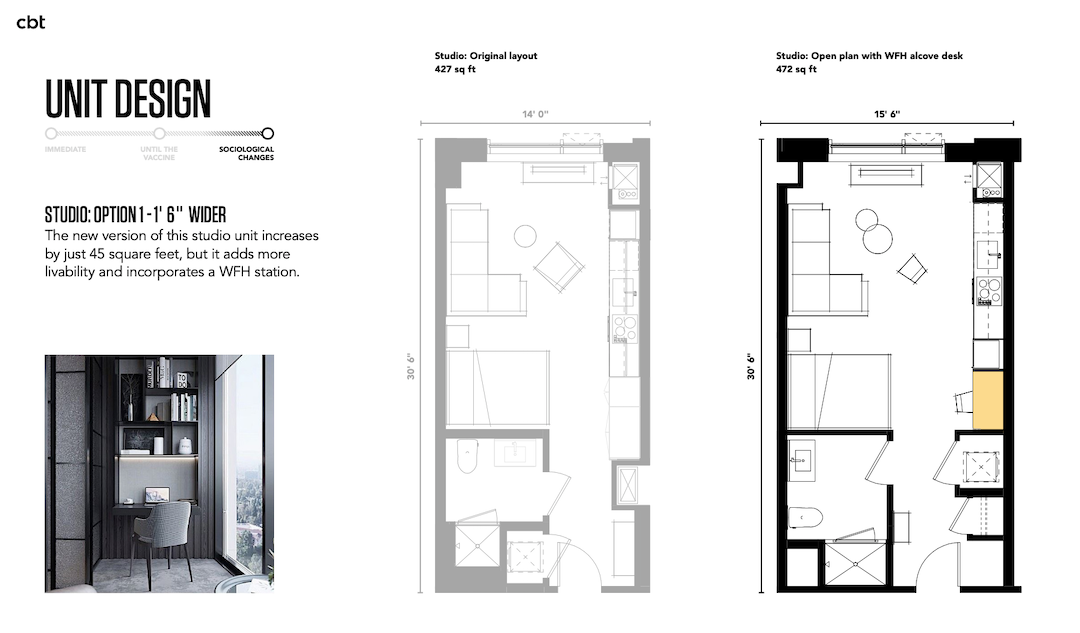
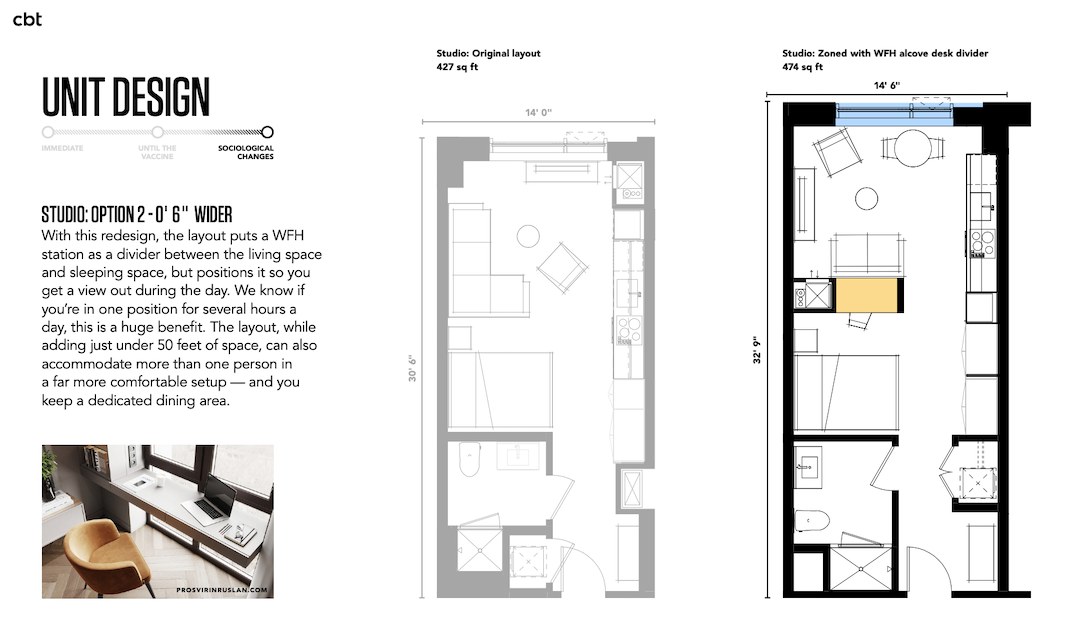
As we at CBT have learned from these projects, using the tenant experience as the central force behind design creates a living environment that outlasts current trends and is useful for years to come.
Building elements that were considered to be conveniences pre-pandemic are now essential for residents’ evolving lifestyles. As needs change, these spaces can be easily reimagined to maintain a building’s timeless nature.
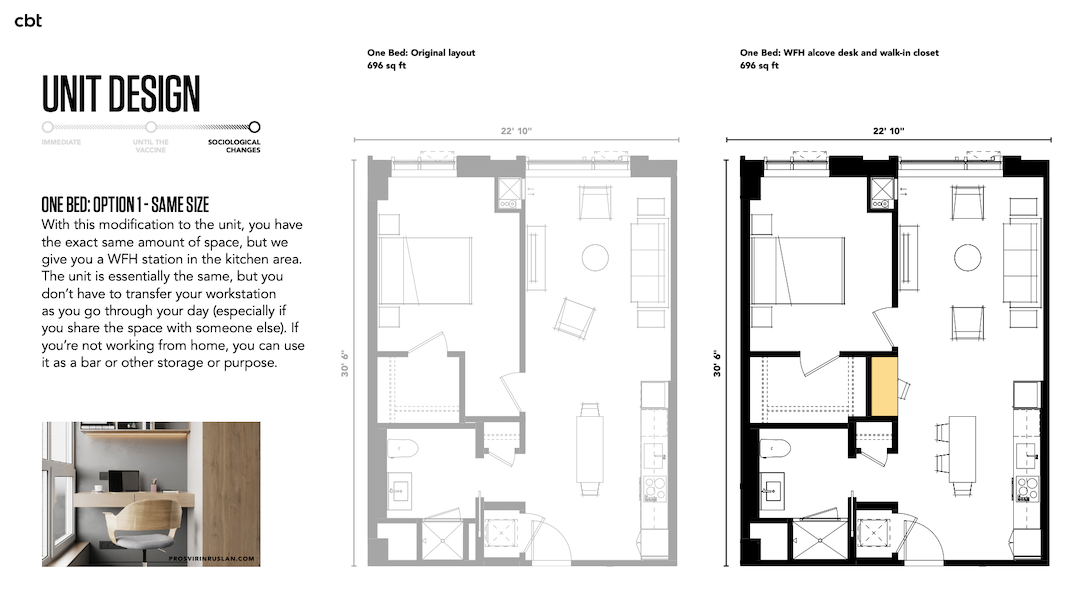
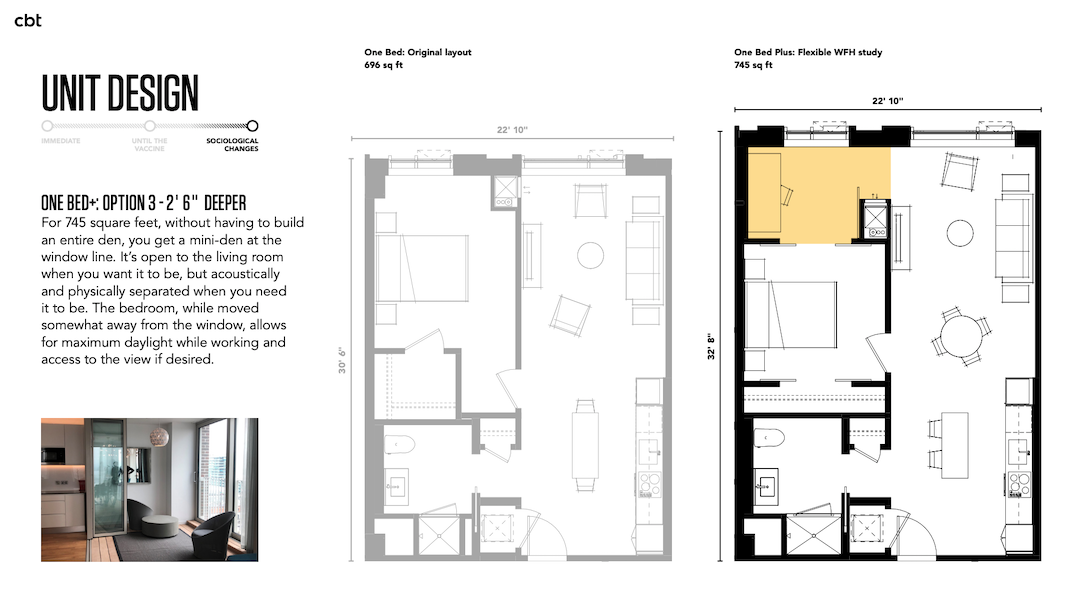
ABOUT THE AUTHOR
Vickie Alani, a Principal at CBT, Boston, has over 30 years’ experience in architecture and interior design, with specialized expertise in multifamily residential and hospitality design. She received BArch and BFA degrees from the Rhode Island School of Design.
Related Stories
MFPRO+ Research | Feb 28, 2024
New download: BD+C's 2023 Multifamily Amenities report
New research from Building Design+Construction and Multifamily Pro+ highlights the 127 top amenities that developers, property owners, architects, contractors, and builders are providing in today’s apartment, condominium, student housing, and senior living communities.
MFPRO+ Research | Feb 27, 2024
Most competitive rental markets of early 2024
The U.S. rental market in early 2024 is moderately competitive, with apartments taking an average of 41 days to find tenants, according to the latest RentCafe Market Competitivity Report.
Designers | Feb 23, 2024
Coverings releases top 2024 tile trends
In celebration of National Tile Day, Coverings, North America's leading tile and stone exhibition, has announced the top 10 tile trends for 2024.
MFPRO+ Special Reports | Feb 22, 2024
Crystal Lagoons: A deep dive into real estate's most extreme guest amenity
These year-round, manmade, crystal clear blue lagoons offer a groundbreaking technology with immense potential to redefine the concept of water amenities. However, navigating regulatory challenges and ensuring long-term sustainability are crucial to success with Crystal Lagoons.
Building Tech | Feb 20, 2024
Construction method featuring LEGO-like bricks wins global innovation award
A new construction method featuring LEGO-like bricks made from a renewable composite material took first place for building innovations at the 2024 JEC Composites Innovation Awards in Paris, France.
Student Housing | Feb 19, 2024
UC Law San Francisco’s newest building provides student housing at below-market rental rates
Located in San Francisco’s Tenderloin and Civic Center neighborhoods, UC Law SF’s newest building helps address the city’s housing crisis by providing student housing at below-market rental rates. The $282 million, 365,000-sf facility at 198 McAllister Street enables students to live on campus while also helping to regenerate the neighborhood.
Multifamily Housing | Feb 16, 2024
5 emerging multifamily trends for 2024
As priorities realign and demographic landscapes transform, multifamily designers and developers find themselves in a continuous state of adaptation to resonate with residents.
MFPRO+ News | Feb 15, 2024
UL Solutions launches indoor environmental quality verification designation for building construction projects
UL Solutions recently launched UL Verified Healthy Building Mark for New Construction, an indoor environmental quality verification designation for building construction projects.
MFPRO+ News | Feb 15, 2024
Nine states pledge to transition to heat pumps for residential HVAC and water heating
Nine states have signed a joint agreement to accelerate the transition to residential building electrification by significantly expanding heat pump sales to meet heating, cooling, and water heating demand. The Memorandum of Understanding was signed by directors of environmental agencies from California, Colorado, Maine, Maryland, Massachusetts, New Jersey, New York, Oregon, and Rhode Island.
MFPRO+ News | Feb 15, 2024
Oregon, California, Maine among states enacting policies to spur construction of missing middle housing
Although the number of new apartment building units recently reached the highest point in nearly 50 years, construction of duplexes, triplexes, and other buildings of from two to nine units made up just 1% of new housing units built in 2022. A few states have recently enacted new laws to spur more construction of these missing middle housing options.


